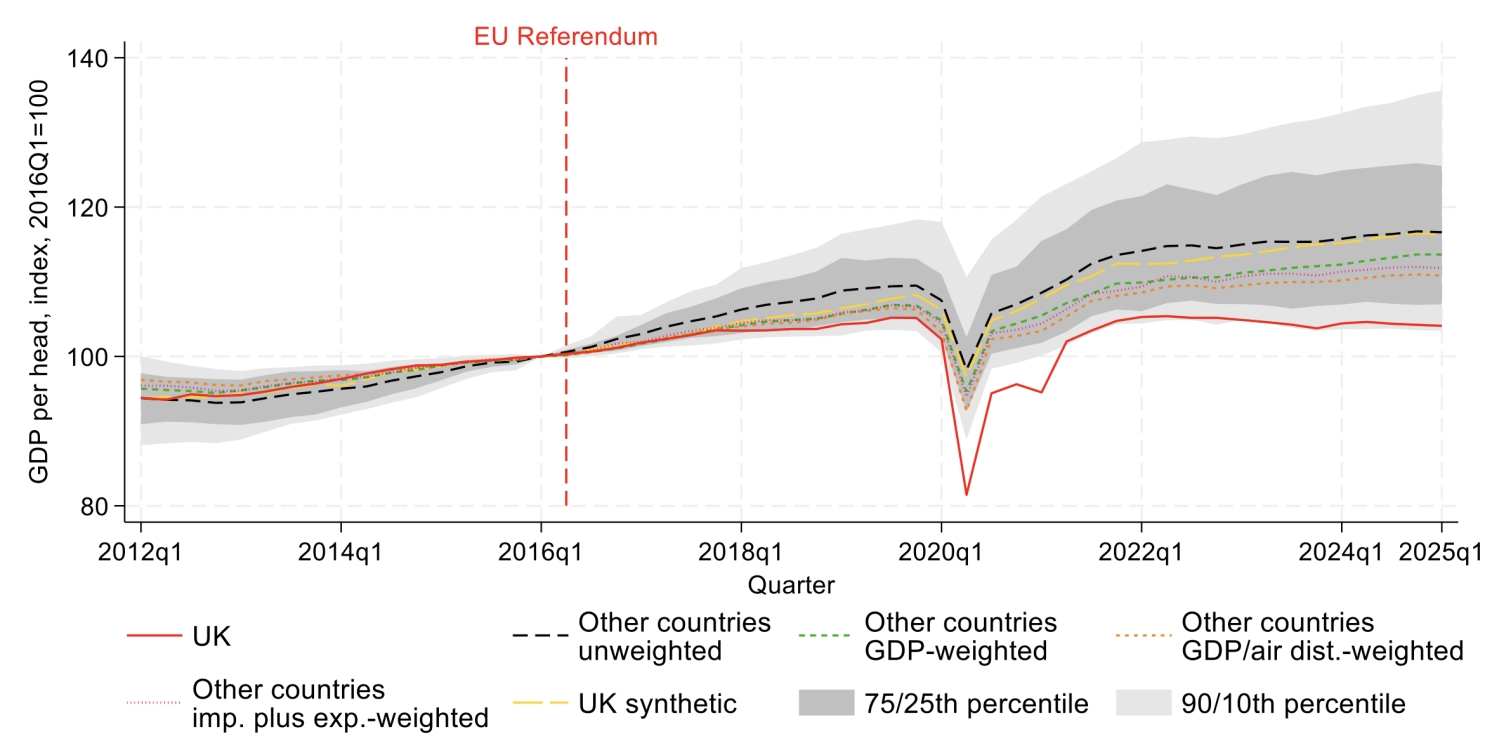Understanding the evolution of enterprise software business models helps investors look beyond the sea of complex acronyms and ever-changing terminology to understand trends. In the olden days, companies hired software developers to build internal applications which serviced all functions. This was especially the case where secrecy was paramount. It’s why firms like Morgan Stanley built their own CRM tools to keep their client lists from prying eyes. But what was Morgan Stanley’s core competency? Building CRM tools, or clever financial engineering?
Over the years, firms have moved from building to buying so they can focus on core competencies. Concerns around privacy were addressed by hosting software solutions “on-premise” using internal servers with corporate firewalls protecting the data. Then came “software-as-a–service” or SaaS business models which moved the solutions from on-premise into the cloud. That movement has caught some legacy software firms by surprise as they attempt to move their solutions to the cloud. Why? Simply because cloud-based solutions generate a lot more revenue.
Editor’s Note: There’s a big debate about whether you should say “on-premise” or “on premises.” We don’t have a dog in the race, so will use these terms interchangeably based on what sounds best at any given time.
From On-Premises to SaaS
Splunk is an example of a firm that offers their solution on premise, but is now moving to the cloud for two main reasons. It’s cheaper for clients whose CTOs can sleep better at night knowing that someone else is responsible for securing their firm’s most vital assets.

Not all firms will accept moving to the cloud. Hedge funds like Renaissance wouldn’t put their trading algorithms on someone else’s server even at gunpoint. There will always be use cases for on-premise offerings, but they’re increasingly becoming a minority. The below diagram shows how SaaS business models are now dominant in enterprise software with clients actually driving this push in the name of “product and service innovation.”

As a result, there’s a transition taking place in large software firms where they play catchup in moving from on-premise to cloud-based offerings. Look no further than the latest investor deck from PTC Corporation (PTC), a firm we last looked at back in our 2019 piece on Investing in IoT and Augmented Reality with PTC Inc.
PTC’s Move to SaaS
It’s been a while since we looked at PTC, and our intent was to examine the company as a potential addition to our tech stock portfolio. But after looking at their latest investor deck, what emerged was a much bigger picture around how legacy software firms are navigating a cloud-based world. PTC’s entire investor deck is focused on their move from on-premise to SaaS. That’s because converting their on-premise software solutions to cloud-based should result in revenues more than doubling from existing clients. Yes, you heard that right, moving a customer from on-premise to cloud-based can result in PTC seeing double the revenues, and here’s why.

The above example clearly demonstrates why all on-premise software firms should be considering a move to SaaS. PTC’s clients were paying a total of $3 for on-premise with $1 of that going to PTC. After moving to the cloud, PTC’s clients will pay just $2 to PTC. In other words, by moving from on-premise to cloud-based, clients can cut their costs by 30% while the CTO takes on less risk and sleeps better at night. In exchange, PTC receives double the revenue. It’s a win-win situation, and PTC claims that actual results so far are better than 2X, ranging from 2.4X to more than 3X for their flagship product lifecycle management product lifecycle management (PLM) software platform Windchill.

PTC has $1 billion of on-premise annual revenues they plan to move to cloud-based over the next decade. With a 2X uplift, the revenue growth should just happen automagically. So, we have a highly profitable software firm that’s becoming increasingly profitable over time as they transition to SaaS. All that free cash flow is being used for acquisitive growth which propels them even further forward. The obvious question is whether PTC’s valuation reflects all this growth that should naturally happen as they transition their business model to SaaS. Here’s how PTC stacks up to some of the more popular enterprise software names in our tech stock catalog using our simple valuation ratio.
| Asset Name | SaaS | Nanalyze Valuation Ratio | Gross Margin |
| Snowflake Inc | Pure SaaS | 25 | 65% |
| Samsara | Pure SaaS | 11 | 71% |
| Crowdstrike | Pure SaaS | 11 | 74% |
| Synopsys | Some SaaS | 11 | 78% |
| Unity Software | Some SaaS | 11 | 67% |
| Confluent | Pure SaaS | 11 | 64% |
| UiPath | Pure SaaS | 8 | 82% |
| Ptc Inc. | Some SaaS | 8 | 78% |
| Palantir | Pure SaaS | 8 | 78% |
| Okta | Pure SaaS | 6 | 70% |
| Splunk | Pure SaaS | 5 | 74% |
| DocuSign | Pure SaaS | 5 | 78% |
With a catalog average of 6, PTC wouldn’t be considered cheap at 8, but this raises an interesting question. Are there legacy software firms out there moving from on-premise to SaaS that are still enjoying legacy valuations?
Software-as-a-Service Bargain Stocks
Arbitrage is the act of benefiting from when the price of an asset today is less than what it should be. In other words, software companies that are moving from on-premise to SaaS should have few impediments in their way – aside from execution – and might be temporarily undervalued until they realize their “SaaS-pirations.” Perhaps most interesting in the PTC deck was reference to a “peer group” that contained some familiar names like Altair which we covered in our piece on Altair Engineering Stock: An Information Problem.

The peer group PTC is trying to describe above would probably fall under “digital transformation,” where software is used to describe the physical world – perhaps digital twins for various industries. But not all these names are in play for retail investors looking for pure-play ways to invest in digital transformation. AVIVA was acquired by Schneider Electric so they’ve fallen off our radar, and Dassault is a conglomerate that dabbles in many different areas. The remaining firms might merit some closer examination as many have been raised by subscribers including:
- Synopsys (SNPS) – semiconductor design software, among other things. It’s a firm we like that we’ll be doing an update on in due time.
- Cadence (CDNS) – a key competitor of Synopsys, and one any potential investor in Synopsys would need to examine.
- Ansys (ANSS) – engineering simulation and 3D design software
- Autodesk (ADSK) – 3D design, engineering & construction software
- Bentley Systems (BSY) – infrastructure engineering software company
Perhaps there’s a play to be made here on legacy software companies that are undervalued because they haven’t yet completed their transitions to SaaS-based business models. We see two types of companies moving towards similar goal posts:
- TYPE A: Traditional SaaS firms that start out as one trick ponies, but then acquire “modules” that they can upsell their existing clients.
- TYPE B: Legacy software companies that have all the “modules” already but need to convert them to SaaS business models.
We would expect TYPE A to be more richly valued than TYPE B. While PTC openly states their plans to move to a SaaS business model, we can assume that all legacy software companies are thinking the same thing, but perhaps aren’t as openly stating these goals as PTC.
Our recent piece titled Datadog vs Dynatrace vs Splunk: The Best Stock Is? looked at how Splunk is drastically discounted relative to both Datadog and Dynatrace. Putting Splunk’s debt load aside, one wonders if private equity firm Silver Lake isn’t playing their own arbitrage game here. Moving Splunk’s clients from on-premise to cloud-based may be realizing the same sort of benefits PTC has described. The question is, what other firms out there might see dramatic uplift by moving their solutions from on-premise to cloud-based?
Investing in PTC
Originally this article was meant to revisit our thesis on PTC as a way to play IoT and augmented reality, but we need to be wary of buzzwords being thrown around. What PTC does can be broken down into two broad segments – PLM and computer aided design (CAD) – the former being a category where they enjoy leadership and growth, though Siemens and Dassault aren’t too far behind. As for CAD, that’s a mature enterprise software niche with entrenched players where PTC lags in market share.

While we find PTC’s move to SaaS as an appealing way for them to grow revenues organically over the next decade, we find the 45% of total revenues coming from the mature CAD software industry to be less appealing.
Perhaps that’s a key takeaway when looking for “business model transition arbitrage.” Companies with on-premise legacy enterprise software platforms are inherently in mature spaces with long competition. Ideally, we’d like to find a firm that’s a leader in whatever legacy software space they operate in – by a wide margin – and looking to transition to a software-as-a-service business model. That would drop Autodesk from consideration, but would Synopsys fit the bill given their leadership in semiconductor design software? We’d need to compare them to their major competitor, Cadence, but in an ideal world, we’d prefer industry agnostic solutions that provide diversification effects. If you know of a firm that might fit the bill, drop us a note in the comments section below and we’ll have a look.
Conclusion
In the future, enterprise software sales will just be cloud-based with on-premises being the rare exception. Companies that aren’t looking to transition their business models will be poached by private equity firms bargain hunters seeking to arbitrage the value difference in business models. For retail investors, there are plenty of quality SaaS names on offer with lots of blue-ocean TAM in front of them. There’s no need to go bargain hunting, though we may look to further examine some of the names in PTC’s peer group to see what we might uncover.
Tech investing is extremely risky. Minimize your risk with our stock research, investment tools, and portfolios, and find out which tech stocks you should avoid. Become a Nanalyze Premium member and find out today!






































